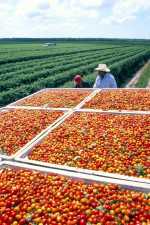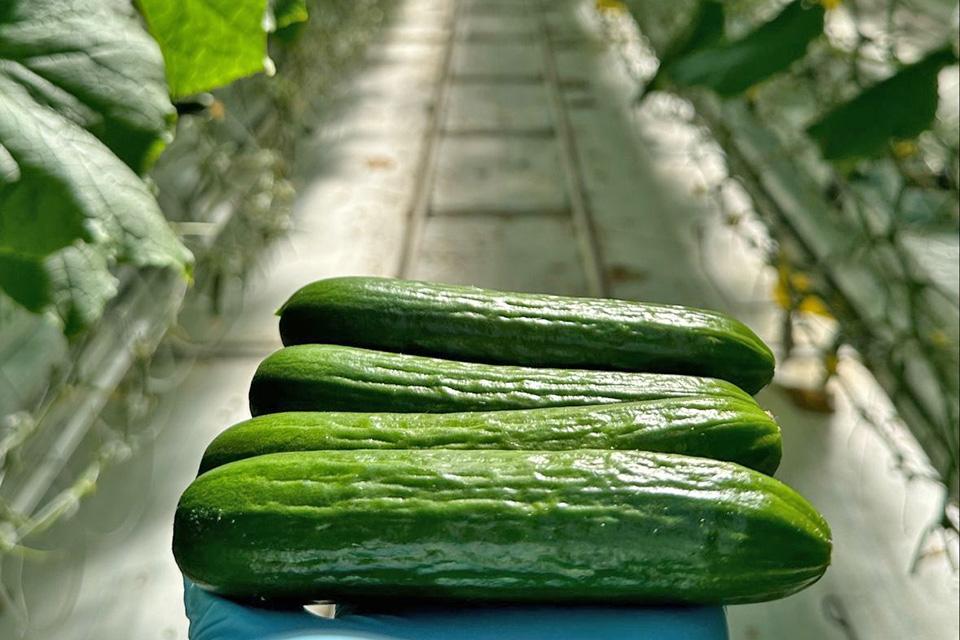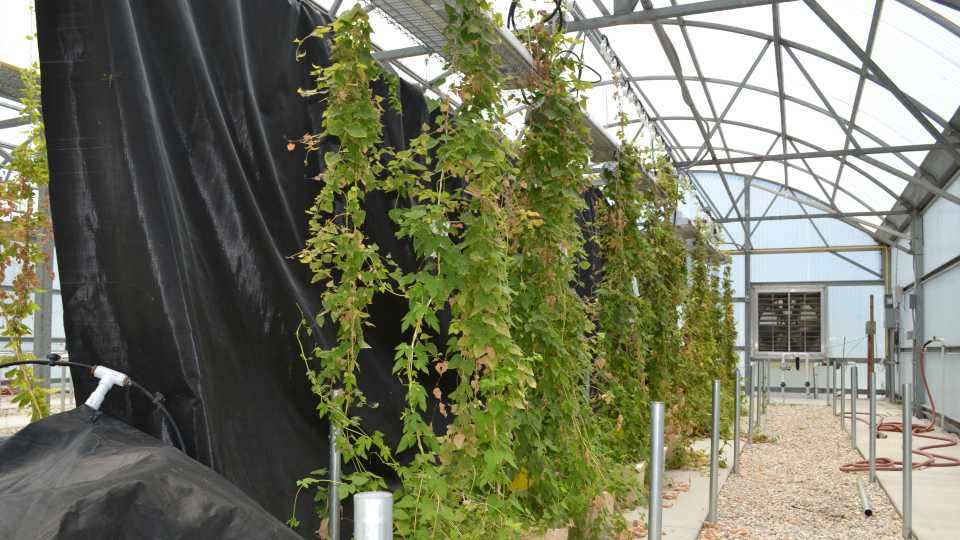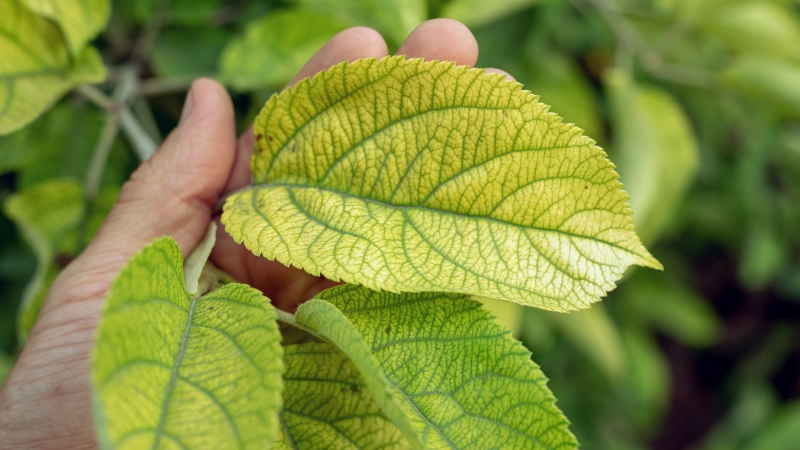
The “perfect tomato” encompasses many traits: abundant flavor, superior nutritional value, prolonged shelflife, increased disease resistance, and uniform size, shape, and color. Achieving this balance of features can be a challenge, but by harnessing technological advances to create hybrid varieties, you can produce a quality product and meet growing consumer demands.
The result of agricultural research and development, hybrid tomatoes first came on the market in the 1940s. These sturdy varieties serve the purposes of large-scale farmers, whose produce travels across the country — or the world — to be sold in stores. In fact, these tomatoes have many advantages compared to open-pollinated varieties: they usually produce higher yields, generally mature earlier and more uniformly, have better fruit quality and are disease-resistant. With all of these advantages, many growers prefer to sow hybrid seeds in spite of the higher costs.
In order to create the best breeds, growers must commit to maximizing the most important traits of the tomato. At Lipman Family Cos. (Six L’s Packing Co.), for example, we employ two full-time research scientists, and our experience in key areas of the global vegetable seed business has enabled our team to establish multiple alliances with world-class experts in genomics, breeding, postharvest physiology, and production partners. This has led to a successful hybrid development, evaluation, and production engine.
The Breeding Process
Why Pome Fruit Growers Need To Prepare For More Unusual Weather
Originally, tomatoes were selected as inbred or self-pollinated varieties. Growers chose a plant that did better than the rest, and then replanted the seeds. Today, there is much more science behind the process. “Parents” (those tomatoes chosen for their high-quality genes) are inbred until the genetic lines are stable, usually for about six or seven generations. “Tomato A” (ideal taste) is then bred with “Tomato B” (ideal size and shape). Once the desired end-product is achieved, you can grow them at a higher volume and introduce the product to the marketplace.
Geography also plays a role in the hybrid growing process. It is rare that East Coast crops do well on the West Coast, and vice versa. For this reason, researchers should focus on creating specific breeds best suited for each region just as much as they do on other qualities in order to maximize product consistency and desirability. At Lipman, our breeding is focused on three main areas: South and Central Florida, South Carolina and Virginia, and the West Coast.
Making The Grade
When considering hybrid varieties, you also must be aware of federal government regulations. In Florida, for example, round tomatoes must adhere to a certain set of characteristics, including grade, size, and shape. This mandate has actually improved the quality of tomatoes shipped out of state. Because these fruits are transported for hundreds of miles, they are bred to survive distribution and to retain the firmness, color, and consistency that consumers look for. By creating a product-development system dedicated to delivering safe and delicious tomatoes, you can successfully deliver the finest proprietary varieties available as an added benefit exclusively for your clients.
0
1
5
Seeking Top Tomatoes
Bussan is an associate professor in the Department of Horticulture at the University of Wisconsin-Madison.
See all author stories here.










